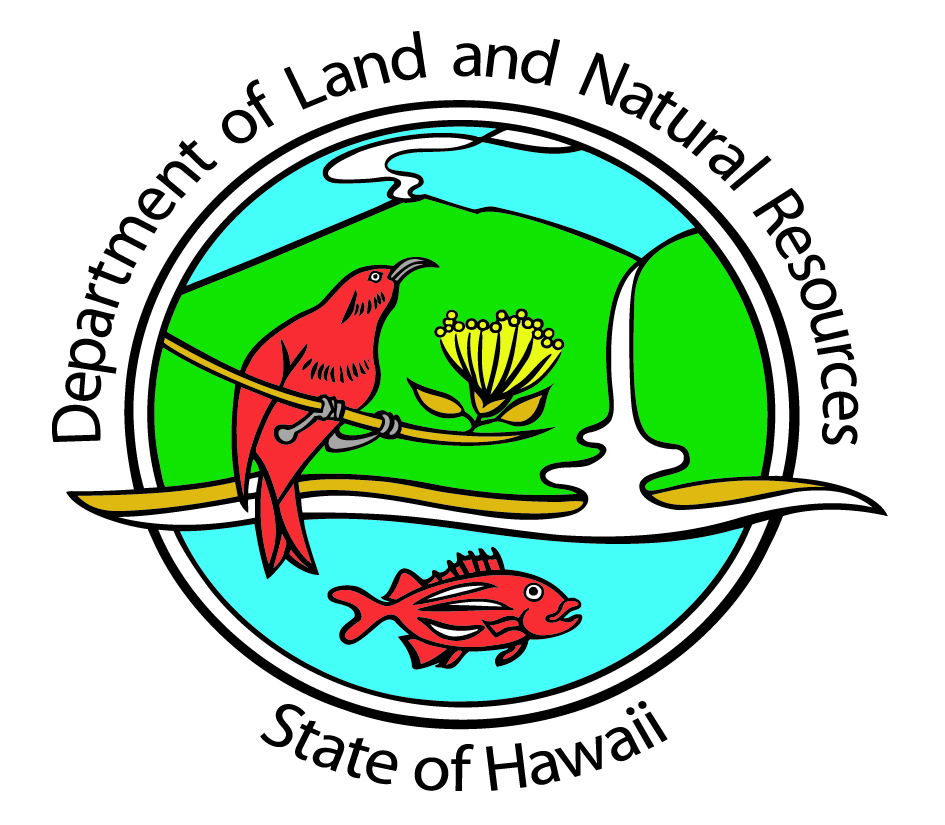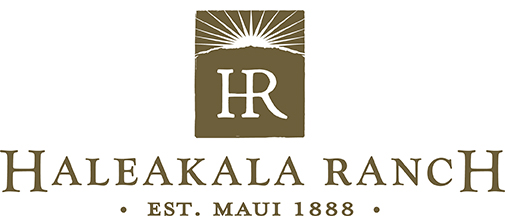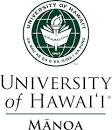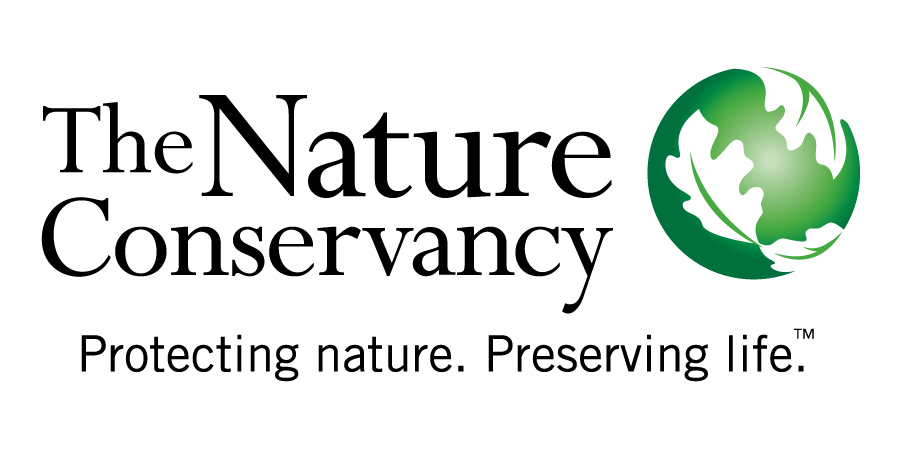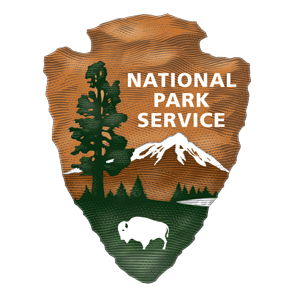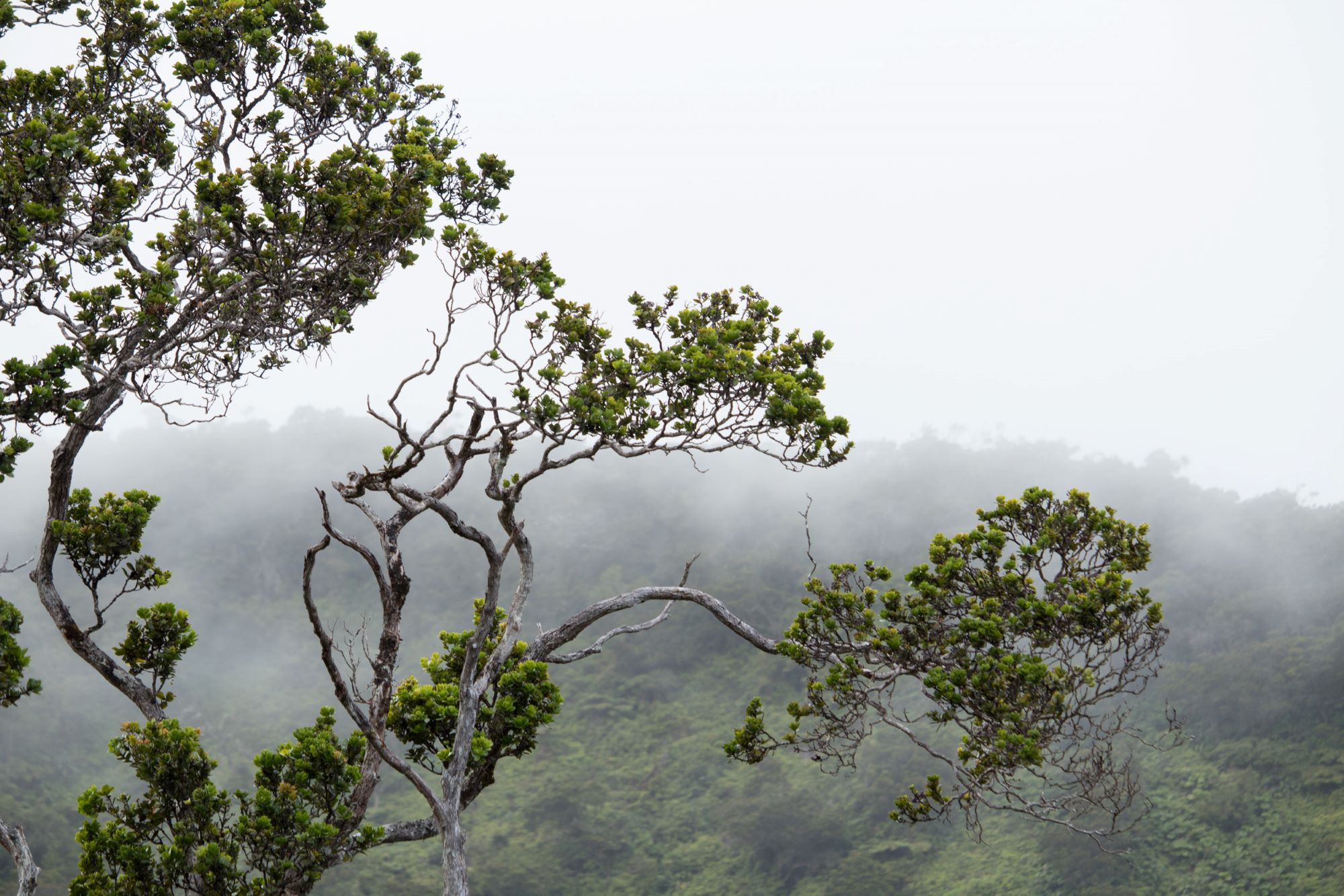
Who We Are
The East Maui Watershed Partnership is committed to protecting this watershed for the people of Maui. Our watersheds are our source of water, culture and biodiversity.
The East Maui Watershed Partnership (EMWP) is an environmental effort between federal, state and private landowners to preserve the native forest. We and our partners want to ensure that Maui’s residents have a clean source of water for domestic, commercial and agricultural uses for this and future generations.
The Partnership does not seek to resolve issues about water rights, Hawaiian sovereignty, or recreational access, and is not related to any future plans to develop new water resources in East Maui.
The East Maui Watershed includes approximately 100,000 acres of land and is made up of many smaller watersheds. This watershed produces an average of 60 billion gallons per year for Maui’s agricultural industry, residents and farmers. That’s a lot of water! In fact, it is the largest single source of surface water in the state of Hawai’i.
The East Maui Watershed is also home to an incredible menagerie of rare and endangered plants, birds, and bugs. Hawai’i is the endangered species capital of the world. Protecting the watershed also saves the habitat in which these special creatures live.
From Cloud to Forest and into Your Cup
How does all this water get to people? East Maui’s watershed provides water for upcountry Maui (Kula, Pukalani, Makawao, Haiku). The water is collected and distributed by East Maui Irrigation’s (EMI) system. It includes 7 reservoirs that can store 274 million gallons and 74 miles of ditches, tunnels and numerous pipes and flumes, transporting 450 million gallons of water per day.
EMWP’s sole purpose is to ensure that the East Maui Watershed remains a viable resource for this and future generations. We do not seek to resolve issues about water rights, Hawaiian sovereignty, or recreational access. We are not related to any future plans to develop new water resources in East Maui.
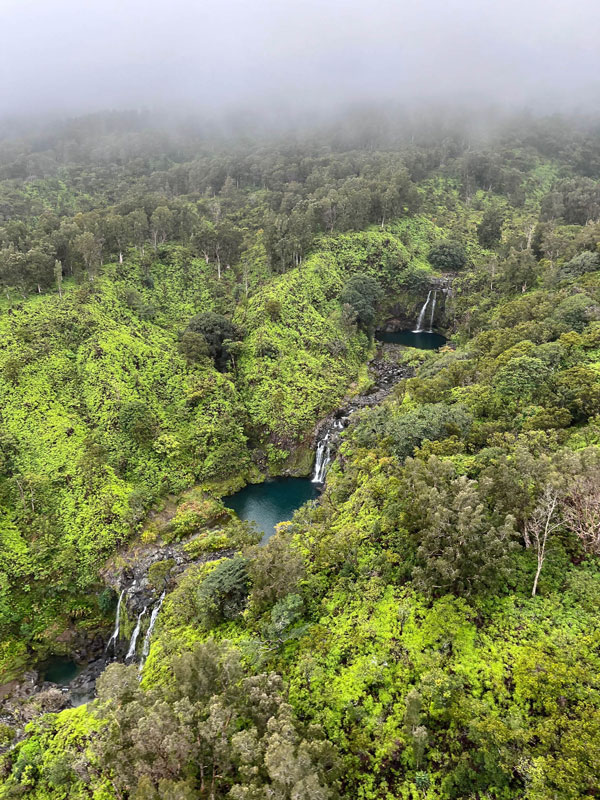
What We Do
Water is a precious resource. So is the biodiversity of species in our native forests. As leaders in our community, we are trying to ensure these resources are protected so that Maui’s most precious resource, her children, can benefit from our current watershed protection efforts. We do this via natural resource management and outreach to the community.
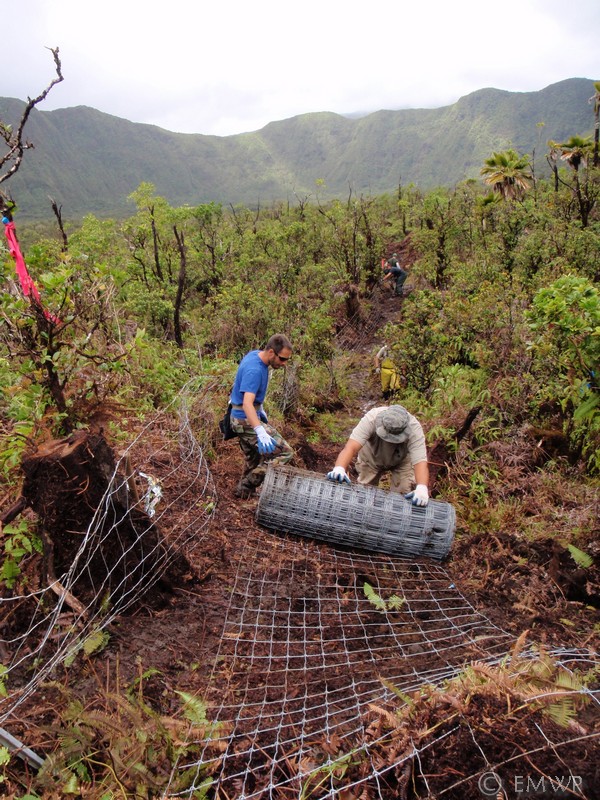
Natural Resource Management
The East Maui Watershed Partnership staff and our partners are implementing several programs to protect and monitor the native ecosystem. Projects include fence construction and maintenance, the removal of invasive plant and animal species within the watershed, implementing runoff and stream protection measures, and monitoring water quality.
Since 1991, significant progress has been made to protect the pristine areas of the East Maui Watershed. The partner agencies and staff of EMWP have:
- Constructed over 7 miles of fence in the remote areas of the watershed
- Implemented a hunting program to increase access for hunters
- Developed a monitoring and management plan
- Initiated animal control and invasive plant species programs above the fence lines
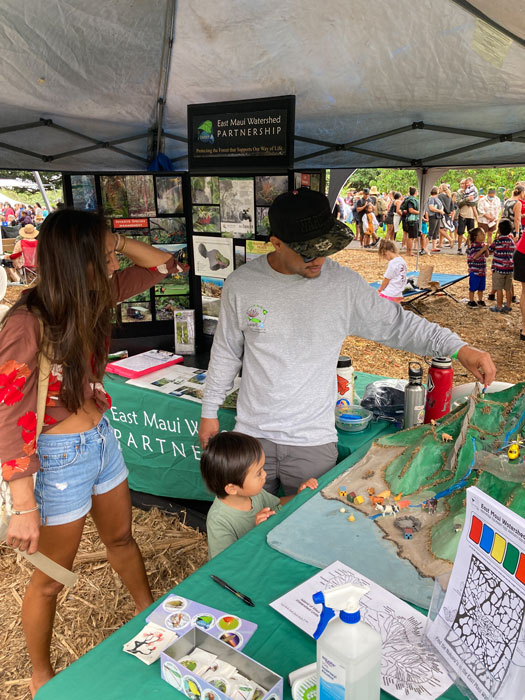
Education and Outreach
EMWP is largely a community based organization. Ultimately, the watershed must be taken care of by the people of Maui, just as it was many years ago by Hawaiians in the ahupua’a. Without the help and support of the community, business leaders and politicians, a healthy watershed and water supply cannot exist.
The EMWP Outreach Program offers four activities to the Maui community:
- Classroom presentations
- Interpretive hikes and field studies
- Educational displays at your community or school event
- Art contest
We hope to educate the public on the importance and value of a healthy watershed. Our eyes and ears are open to ideas and suggestions. Look for us at local festivals, in classrooms, in your local paper, and on the highway (we have adopted a 2-mile stretch of Hana Highway near Ke’anae).
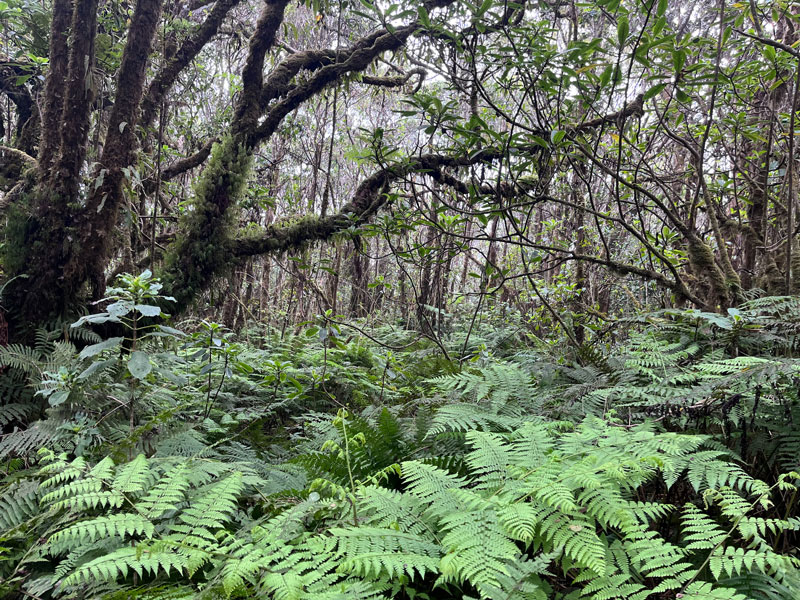
Why We Do It
The East Maui Watershed Partnership is committed to protecting this watershed for the people of Maui, to provide them with a source of clean fresh water for household, agricultural and industrial use. Protection of East Maui’s Watershed will also ensure that people will be able to appreciate the unique beauty of Maui’s forest ecosystem for generations to come.
Why is a forested watershed so important? >>Management
Where We Work
The East Maui Watershed is located on the windward slopes of Haleakala. Its native forested ecosystems represent the largest intact native forest area on the island of Maui (20% of the entire island) and one of the largest intact native areas in the State of Hawai’i. The watershed is habitat for the world’s greatest concentration of endangered birds, as well as several plant and invertebrate species found nowhere else on the planet.
A native forested watershed is known to be the most efficient and clean collector and distributor of surface water on the islands. Therefore, protection of the native forest not only protects habitat for rare and endangered species, but also provides Maui with a clean and renewable source of fresh water.
Learn more about watersheds >>Explore the Watershed

